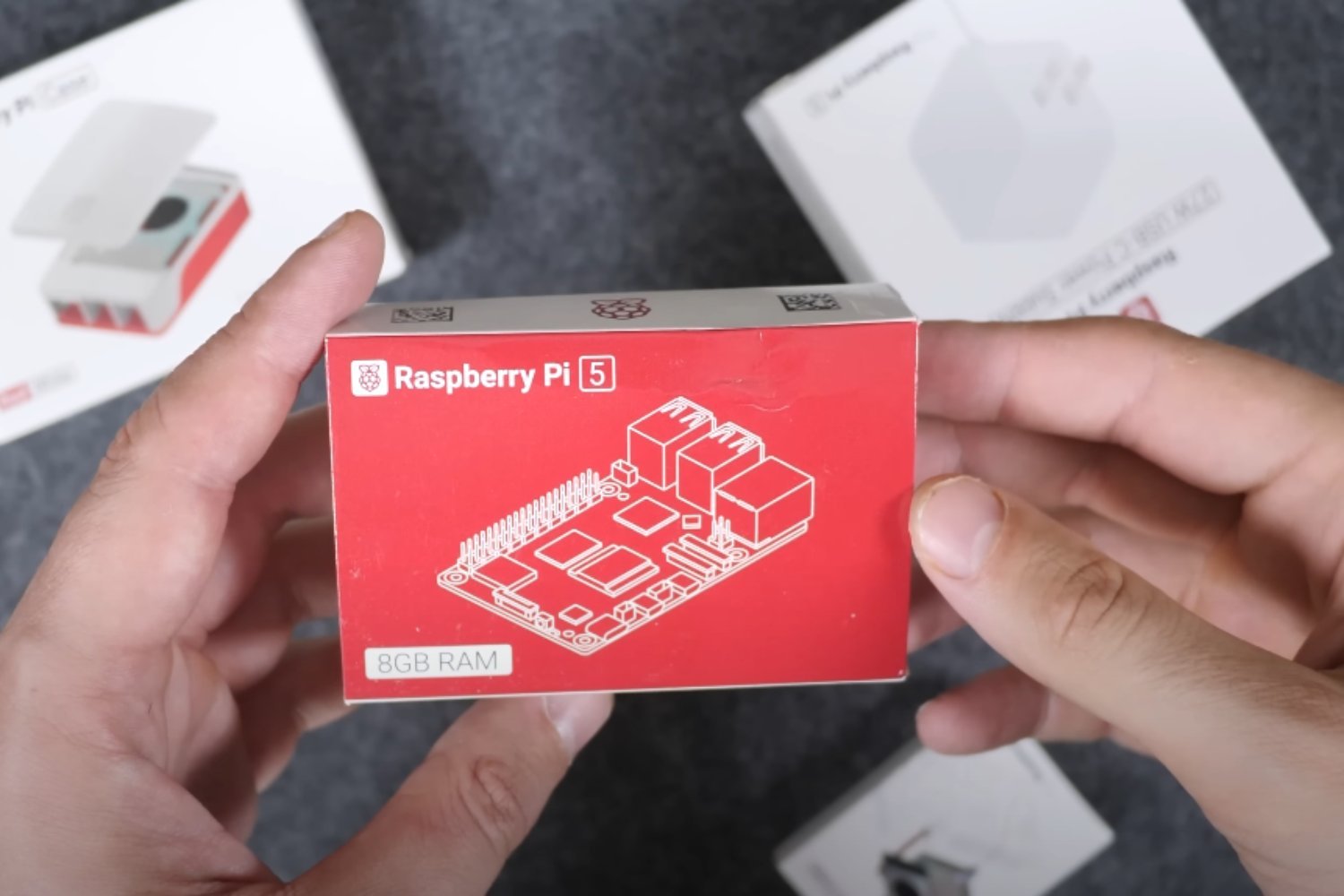Can Raspberry Pi 5 be the Tiniest Gaming PC? Check Out its Cool New Tool!

The Raspberry Pi 5 has just hit the scene, ready to shake up the world of mini computers with its blend of affordability and power. Now boasting support for PCIe 3.0 SSD, this little guy is inching closer to becoming a gaming mini PC that packs a punch in a compact package. Let’s dive into what this latest update is all about and the exciting possibilities it brings.
SSD PCIe Compatibility and Installation
The Raspberry Pi 5 now lets you pop in a PCIe SSD of up to 512 GB, a major upgrade from the previous MicroSD card setup. Using the official M.2 HAT+ kits, you can connect an SSD to the Raspberry Pi 5 via a cable that links the PCIe port to the SSD. Not only does this give you more storage space, but it also amps up device performance by allowing for faster and more reliable memory compared to traditional MicroSD cards.
Installing these SSDs is a breeze thanks to the M.2 HAT+ kit, available in the official store. You can choose between a 256 GB SSD kit for 40 euros or a 512 GB SSD kit for 55 euros, giving you an affordable way to boost performance and storage space.
Benefits of SSDs on Raspberry Pi 5
By adding an SSD, the Raspberry Pi 5 becomes a solid choice for more demanding tasks, like gaming. Unlike MicroSD systems, connecting an SSD means quicker read and write speeds, cutting down on app loading times and enhancing overall system stability. These perks are particularly important for gamers looking to dive into the world of Raspberry Pi 5 gaming.
While the Raspberry Pi 5 officially supports PCIe 2.0, savvy users can unlock PCIe 3.0 by tweaking the system configuration file. This upgrade unleashes higher transfer speeds, fine-tuning the experience, especially for retro games or emulation programs that need constant disk access.
Raspberry Pi 5: Your Gateway to Casual Gaming
With an SSD onboard and the potential to tap into PCIe 3.0, the Raspberry Pi 5 is a neat option for folks after a simple gaming setup. While it might not handle modern AAA titles, this device lets you enjoy a range of retro games and emulators at higher resolutions and with snappier response times. Plus, it’s a budget-friendly and portable choice for gaming enthusiasts.
The Raspberry Pi Foundation is always pushing the boundaries of its devices. With this new SSD kit, the Raspberry Pi 5 isn’t just for educational or development projects—it’s a fun tool for entertainment, too. Future advancements could bring even more hardware and software integration to ramp up performance in this realm.
Is an SSD Upgrade Worth It?
Deciding on an SSD for your Raspberry Pi 5 boils down to how you plan to use it. If you want a speedier, more stable system, an SSD is a game-changer over MicroSD cards. The speed and stability boost is noticeable, making it an enticing choice for those craving a high-performance mini PC.
In a nutshell, the Raspberry Pi 5, with its SSD and PCIe support, is edging closer to being a top pick for affordable gaming. For tech enthusiasts and retro gaming buffs, this update is definitely one to check out.




